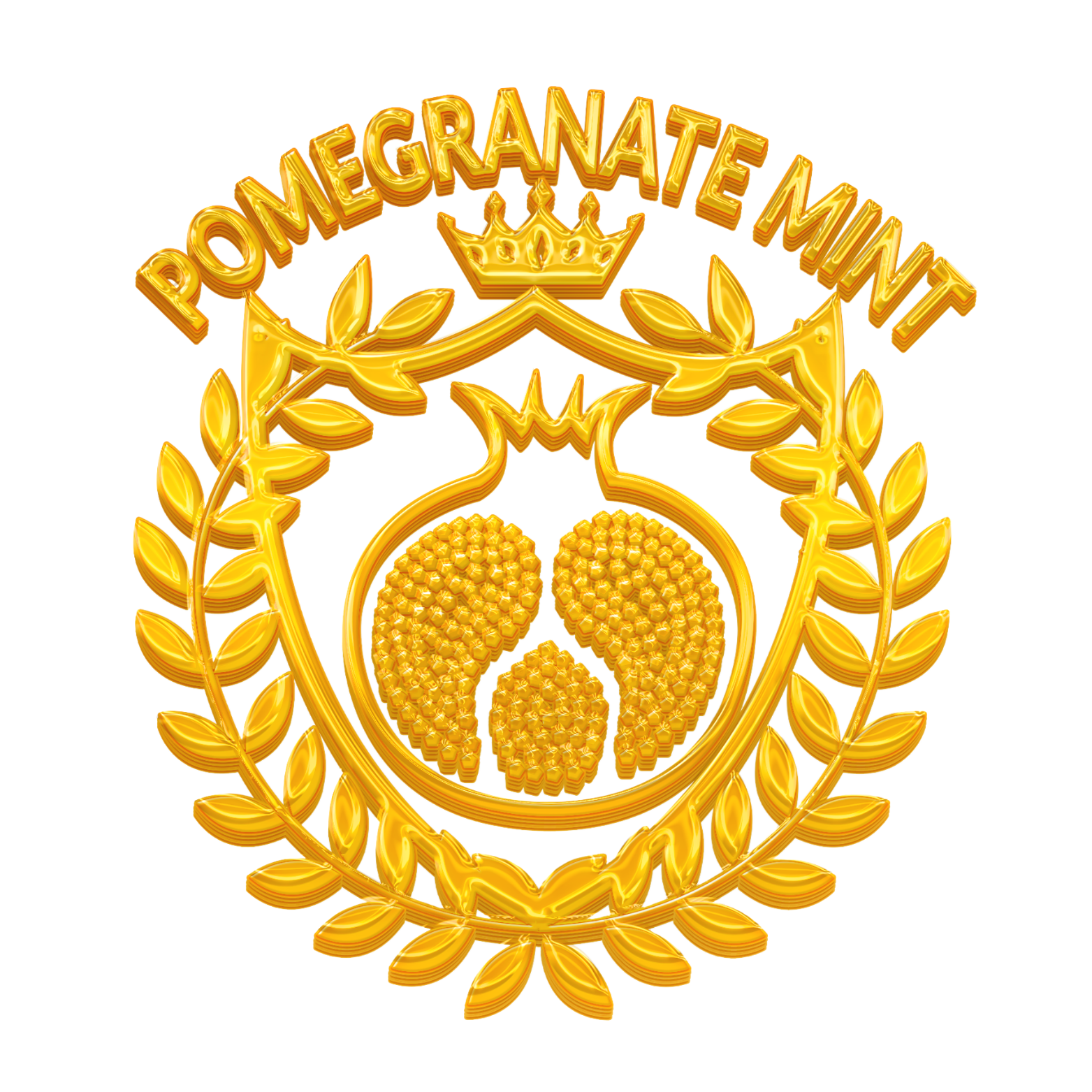Pomegranate Mint
2024 Tiridates III Copper Chalkoi Coin
2024 Tiridates III Copper Chalkoi Coin
Couldn't load pickup availability
Available now! Very low mintage, only 500 will ever be made!
The copper chalkoi (also known as "chalkos" in singular) was a small denomination of coinage used in ancient Armenia. The term "chalkos" originally comes from the Greek word for copper, and it was adopted by various cultures throughout the Hellenistic and Roman periods.
Copper Chalkoi in Ancient Armenian Coinage
Description and Characteristics:
1. Material: The chalkoi were made primarily of copper or bronze, which were common materials for lower denomination coins in the ancient world.
2. Size and Weight: These coins were small and lightweight, typically ranging from 0.5 to 2 grams, making them suitable for everyday transactions.
3. Design: The design of Armenian chalkoi often reflected Hellenistic influences. They featured motifs such as the profiles of local kings, deities, and symbolic imagery. Common inscriptions were in Greek or Armenian script, indicating the ruler’s name and titles, and sometimes featured local symbols like eagles, lions, or local deities.
Historical Context:
1. Hellenistic Influence: The influence of Greek culture and economic practices reached Armenia following the conquests of Alexander the Great. As a result, Armenian coinage, including the copper chalkoi, adopted Greek styles and standards. This included the use of Greek language on coins and Hellenistic artistic motifs.
2. Economic Role: The copper chalkoi served as a crucial component of the local economy. They were used for everyday transactions such as buying food, small goods, and services. These coins were particularly important for the lower and middle classes, facilitating minor trade and commerce.
3. Political Significance: Issuing coinage was a powerful statement of autonomy and sovereignty. By minting their own copper chalkoi, Armenian rulers demonstrated their control over local economies and asserted their independence from larger empires such as the Seleucid, Parthian, or Roman Empires.
Importance in Armenian History:
1. Cultural Synthesis: The copper chalkoi of Armenia represent a blend of local and Hellenistic traditions. This synthesis is evident in the design and inscriptions on the coins. For instance, coins might display Greek gods like Zeus or Artemis alongside local deities or symbols, reflecting a unique cultural amalgamation.
2. Local Rulers: Notable Armenian rulers who issued chalkoi included kings from the Artaxiad dynasty (189 BC–1 AD) and the Arsacid dynasty (52–428 AD). These coins often bore the images and names of these kings, serving both as a medium of exchange and a tool of propaganda.
3. Archaeological Insight: Discoveries of copper chalkoi in archaeological sites provide historians and archaeologists with valuable information about the economic conditions, trade networks, and political landscape of ancient Armenia. These coins help to map out trade routes and economic connections with neighboring regions and empires.
Examples of Armenian Chalkoi:
1. Artaxiad Dynasty: Coins from this period might depict King Artaxias I or Tigranes the Great. The designs often include Greek inscriptions and Hellenistic imagery such as diademed busts of the kings and images of Nike (the goddess of victory).
2. Arsacid Dynasty: Coins from this later period may show King Tiridates I or other Arsacid rulers, featuring both Greek and Parthian elements in their design. Inscriptions might be bilingual, highlighting the diverse cultural influences on Armenian coinage.
The copper chalkoi of ancient Armenia were more than just currency; they were symbols of cultural synthesis, political authority, and economic life. Their design, use, and production provide a window into the complex and rich history of ancient Armenia, illustrating its connections to broader Hellenistic and later Roman worlds while maintaining distinct local traditions.
Tiridates III
Tiridates III, also known as Tiridates the Great, was the son of the Armenian king Khosorov II, who was assassinated in the power struggle to control Armenia between Parthia and Rome. As an infant, he was taken to Rome for protection and was educated in languages, military tactics, and the rule of law. The name “Tiridates” meant “created by Tir,” a reference to the Zoroastrian religion prominent in the Armenian and Parthian empires. In 270 CE, the Roman emperor Aurelian battled the Sassanids, who had replaced the Parthians, allowing Tiridates III to raise an army and overthrow the foreign powers. Tiridates III quickly made the city of Vagharshapat, Armenia, his capital, as it once was in his father’s time. Taking advantage of the civil war in the Sassanian Persian empire, Tiridates III expelled the enemies from the territory and even invaded Assyria.
The Armenian historian Movses Khorenatsi described Tiridates III as a strong and brave warrior who participated in combat against his enemies and personally led his army to victory in many battles. However, it is his personal life that makes him well-renowned today. The son of the assassin to the previous king, named Gregory, was raised as a Christian, and to work off his guilt enlisted as Tiridates III’s secretary in the military.
After Gregory refused to lay a wreath in front of the pagan statue of Anahit, and upon learning the son of his father’s assassin was before him, Tiridates III threw Gregory into the dungeon of Khor Virap. Gregory survived off bread gifted by some nuns for thirteen years, while Tiridates III began to lose his mind, wandering in the forests. Khosrovidukht, the sister to Tiridates III, saw in a dream that only Gregory could save their king. Barely alive but once free, Gregory cured the king, who was so delighted that he proclaimed Armenia the first Christian nation. Tiridates III renamed Gregory the Illuminator as the first Catholicos of the Armenian Apostolic Church, and together, they led the conversion of the nation beginning in 301 CE.
The coinage of Tigranes III was previously thought to belong to another king of Parthia due to there being only two authentic examples of drachmas available. There are no tetradrachms known, and the coins are estimated to be struck in the final years of his life. These coins are in the style of Parthia, which included both Greek and Aramaic inscriptions, with the Greek inscription not being clear enough to translate.
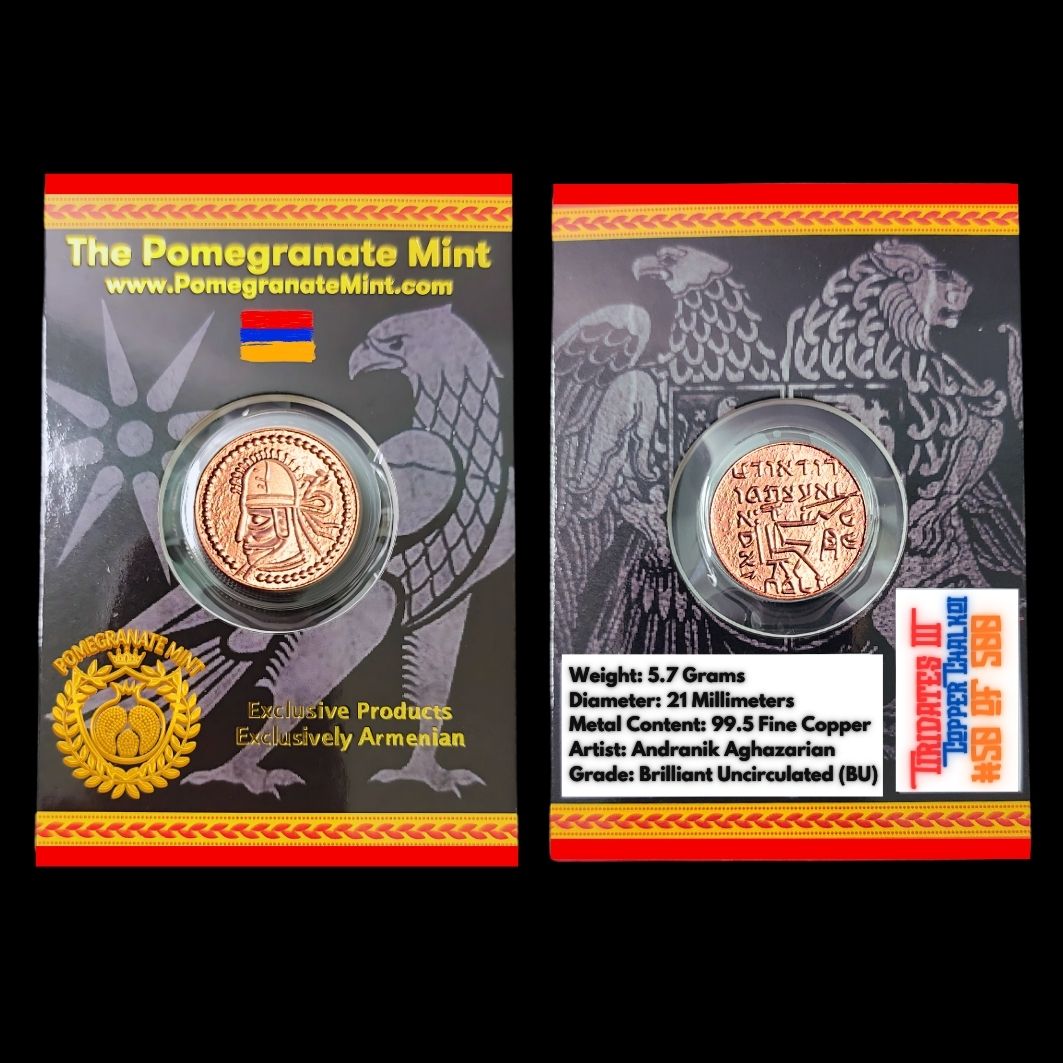
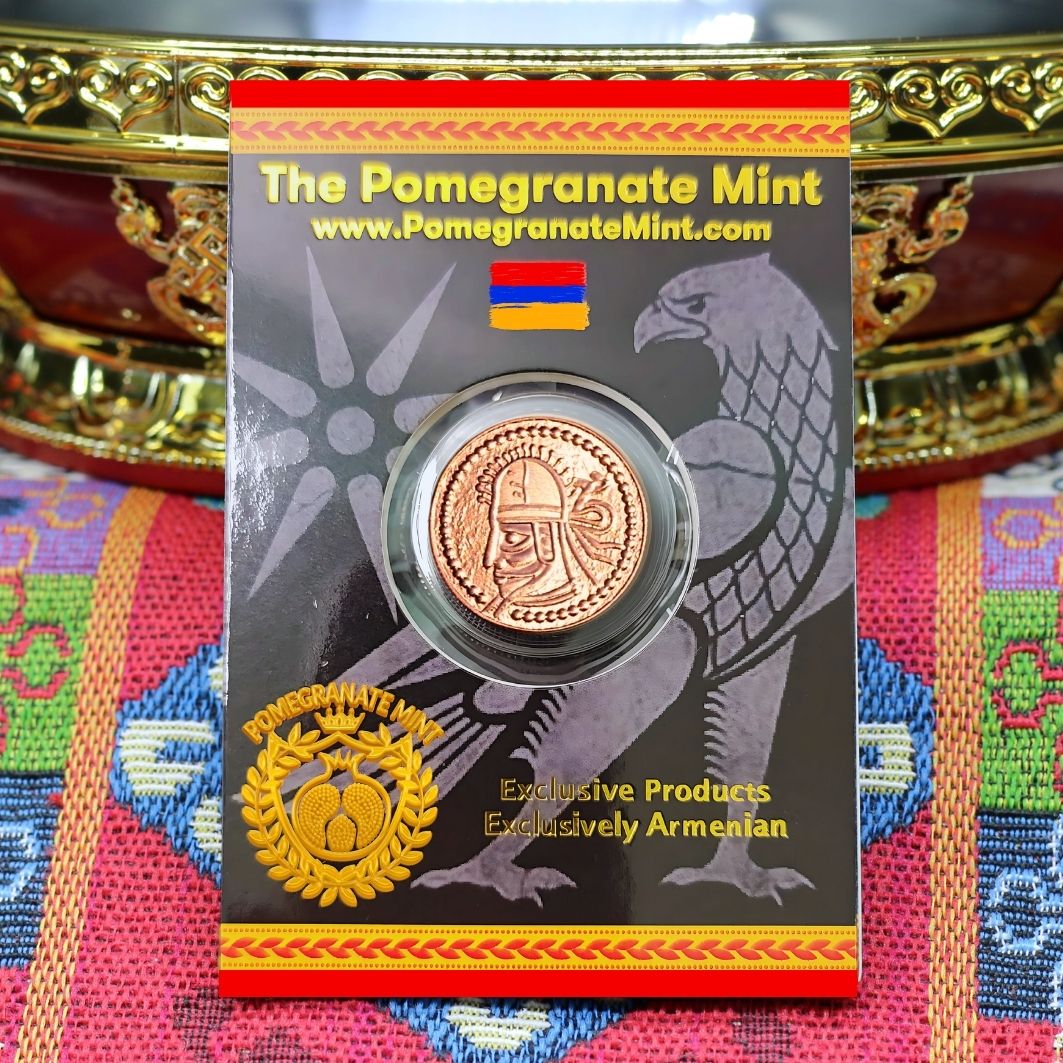
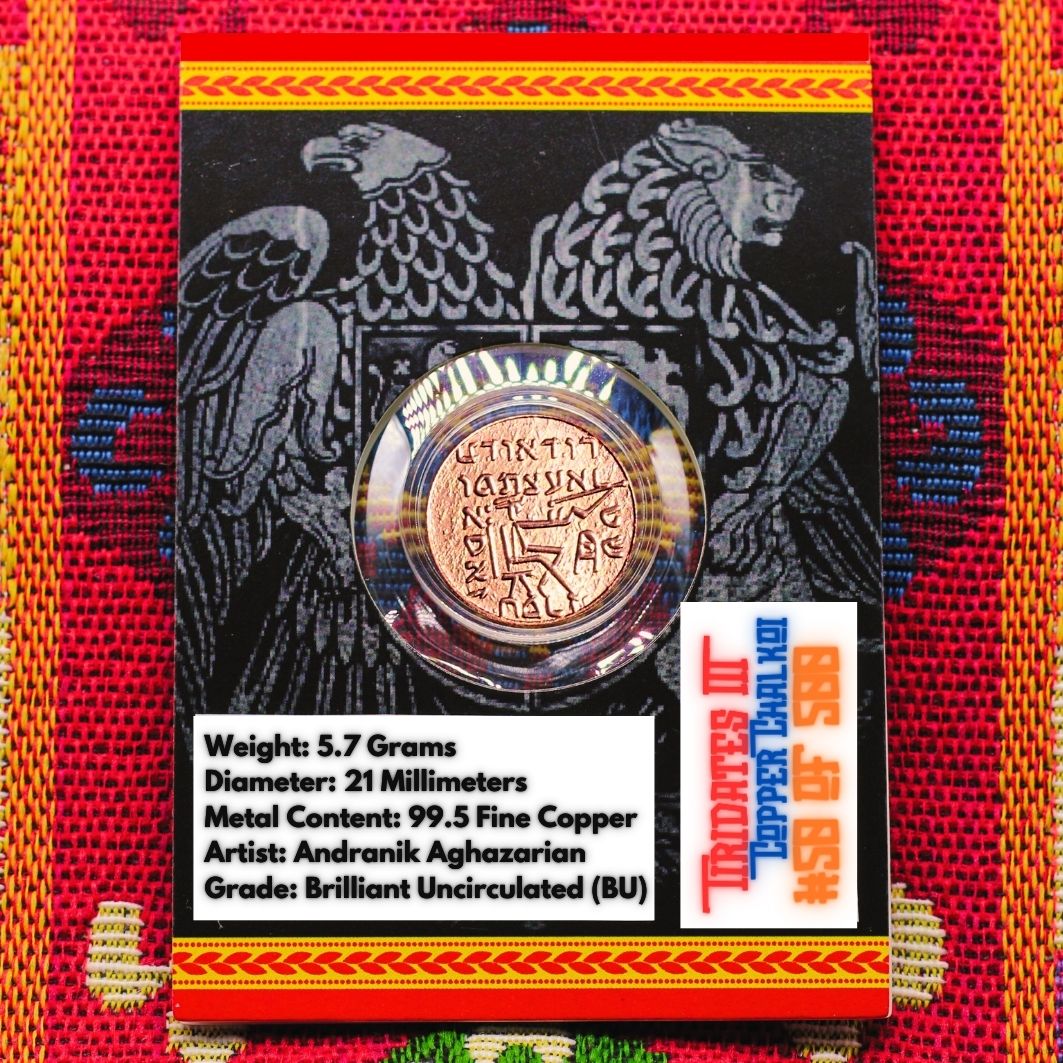
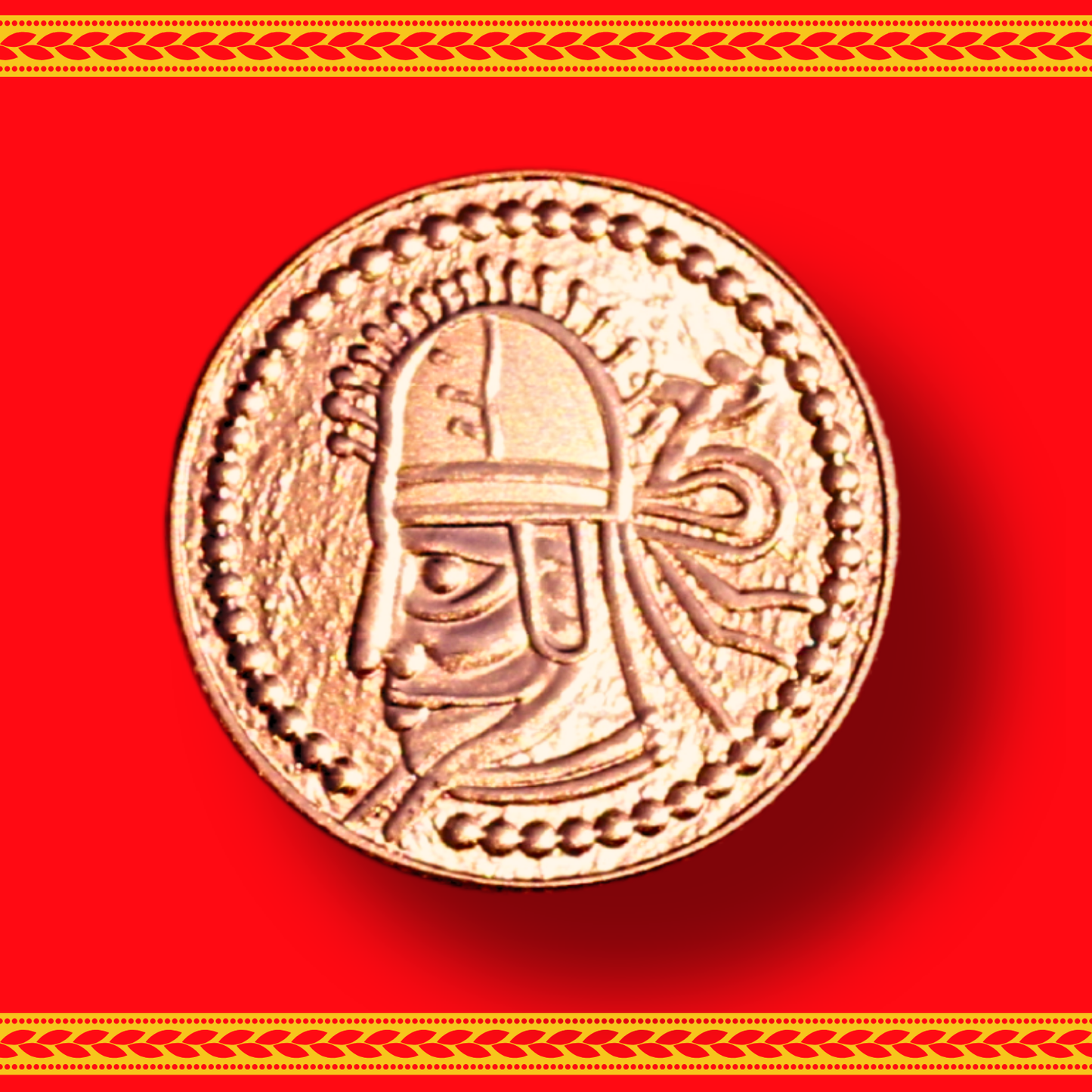
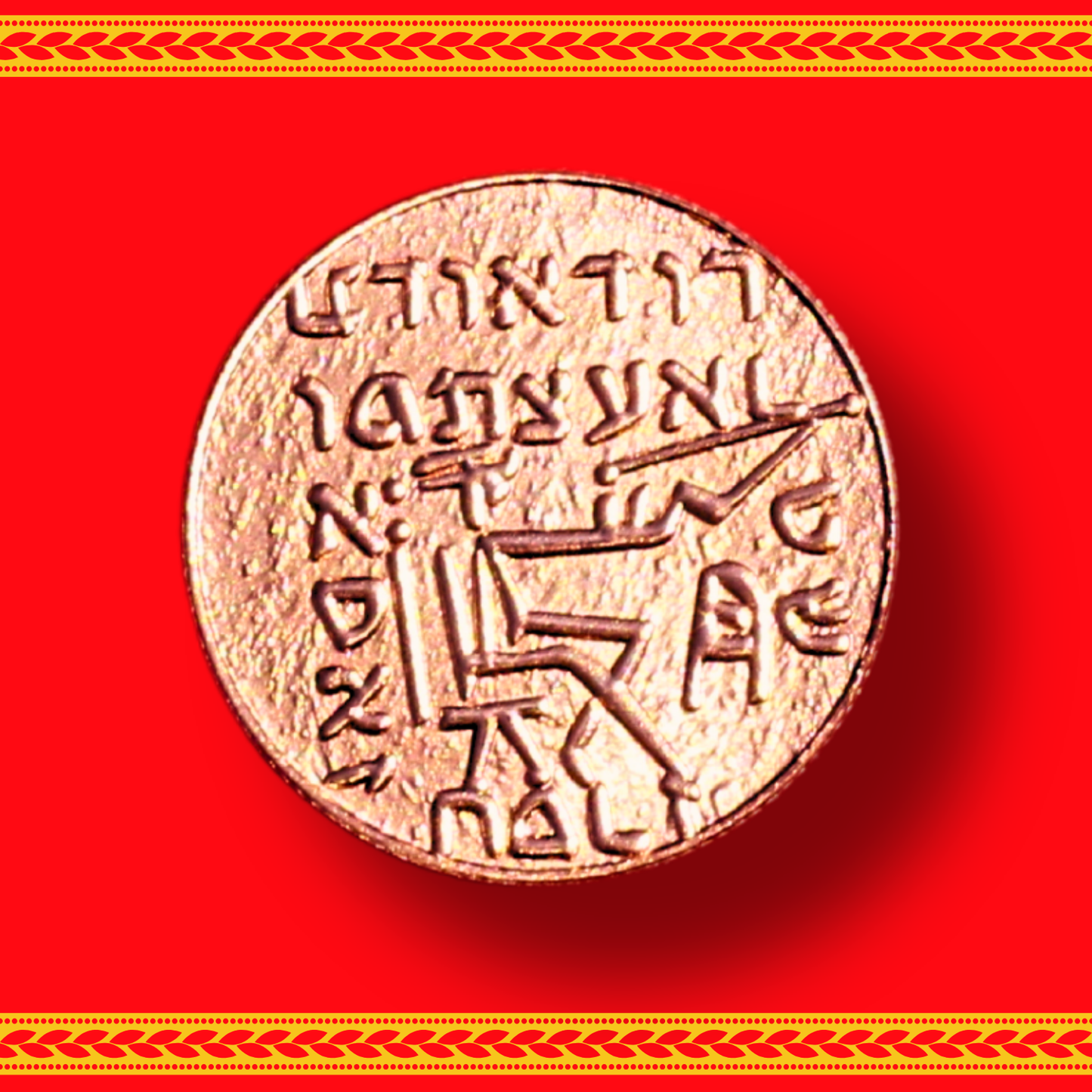
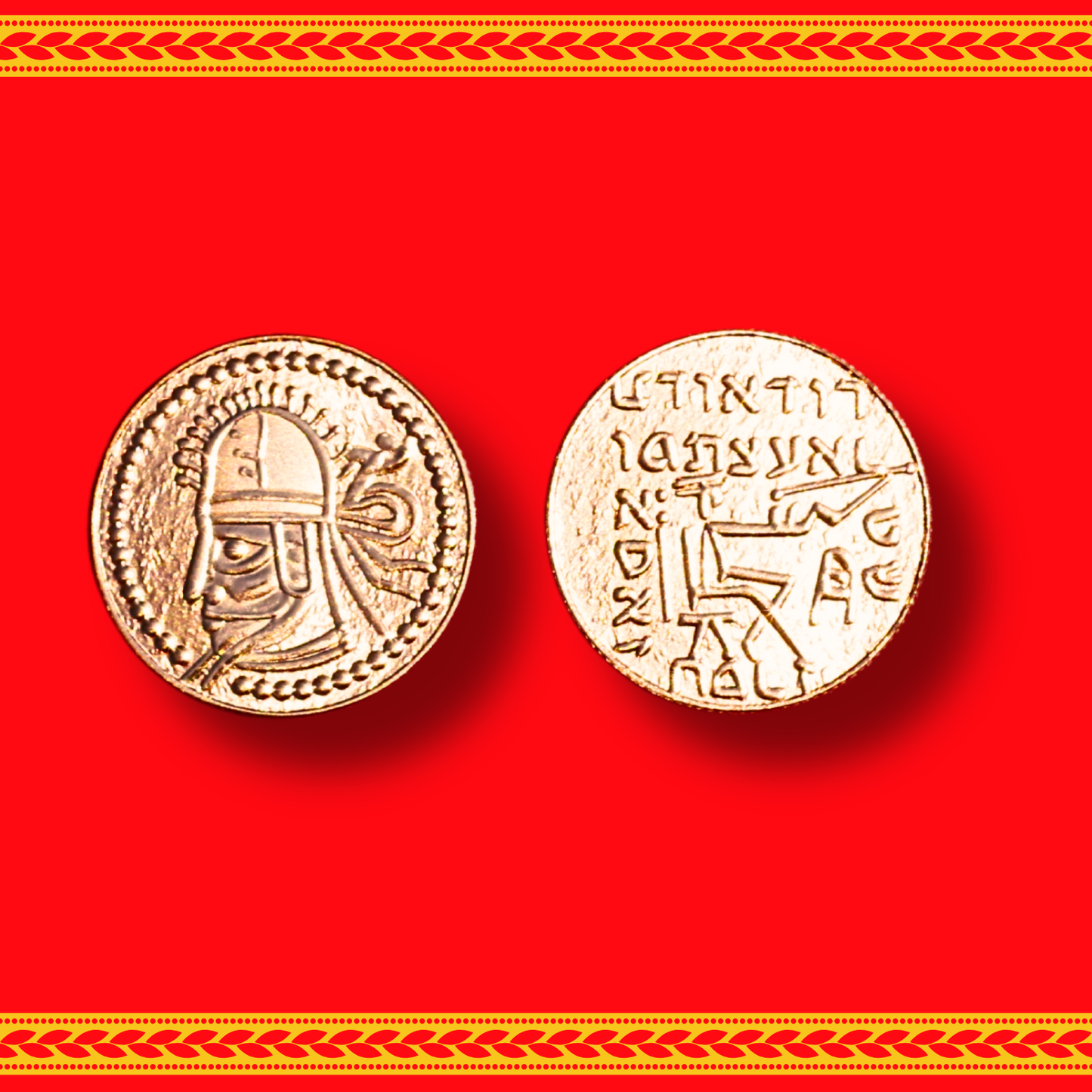
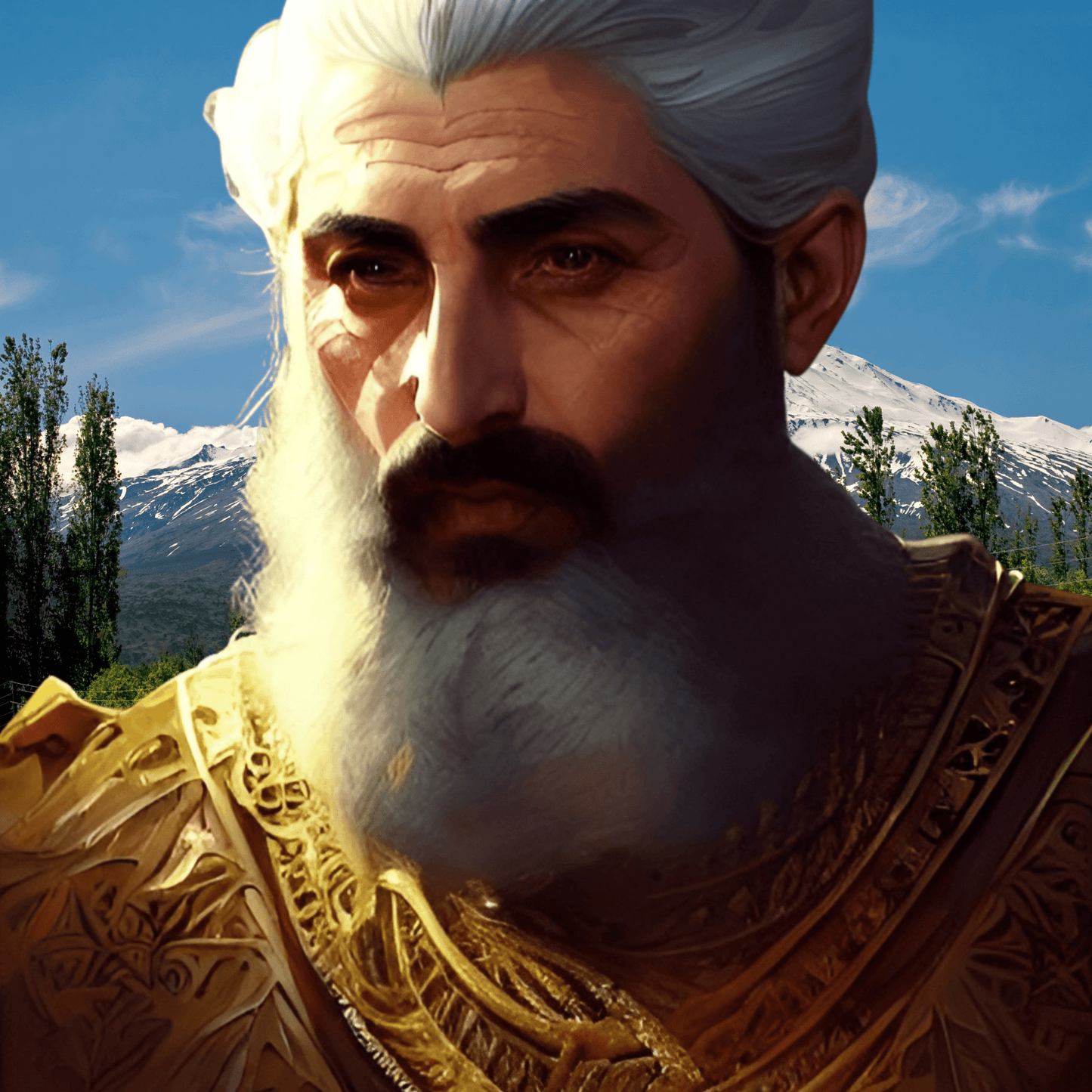
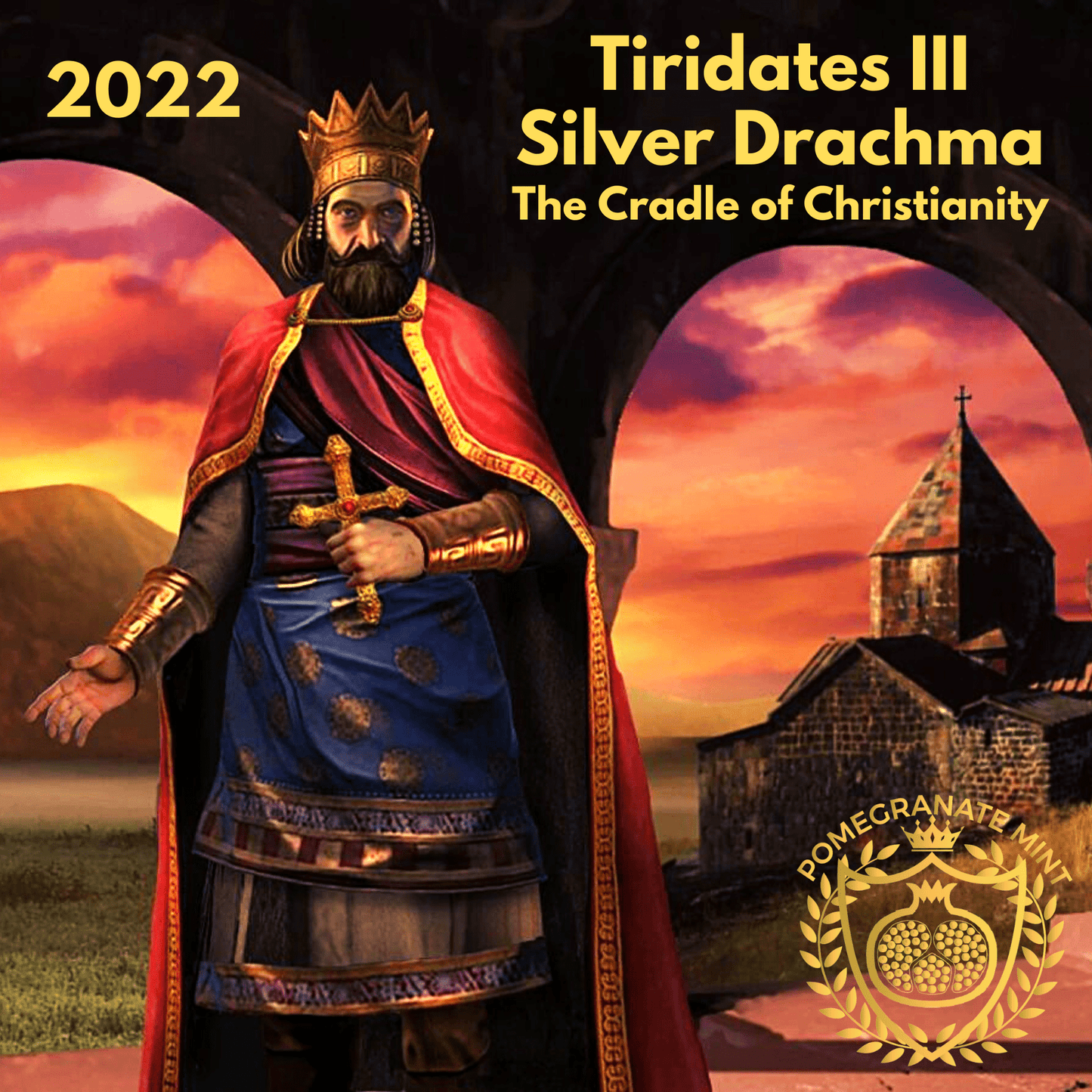
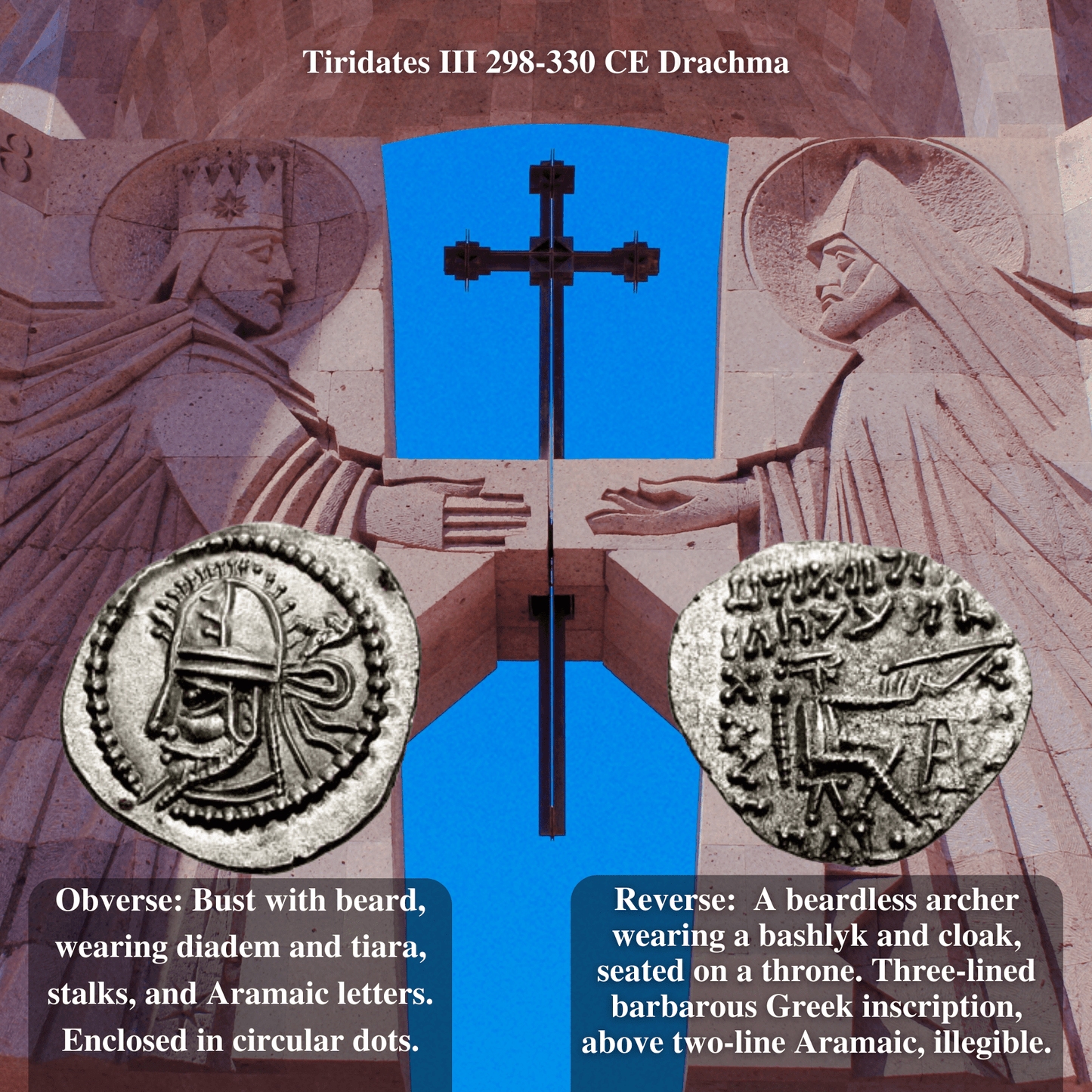
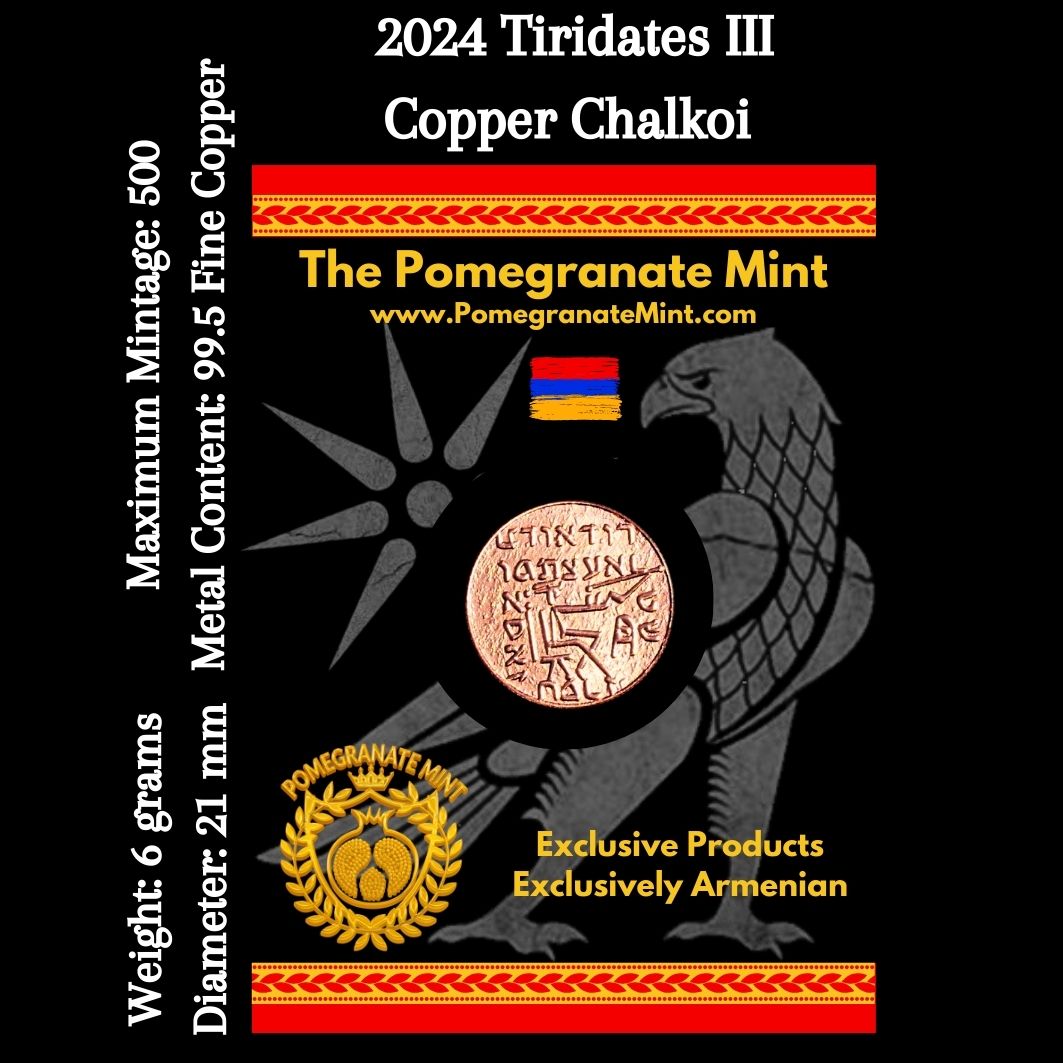
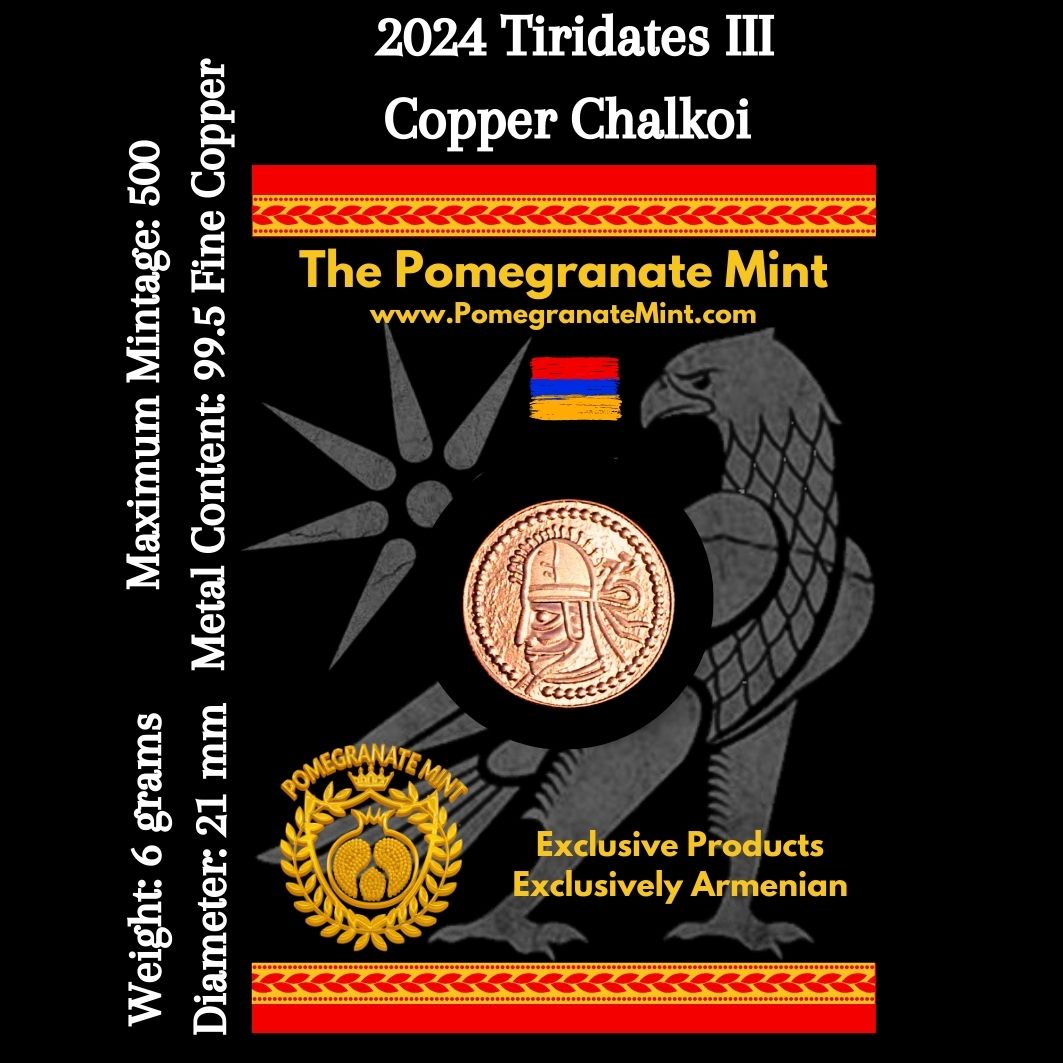
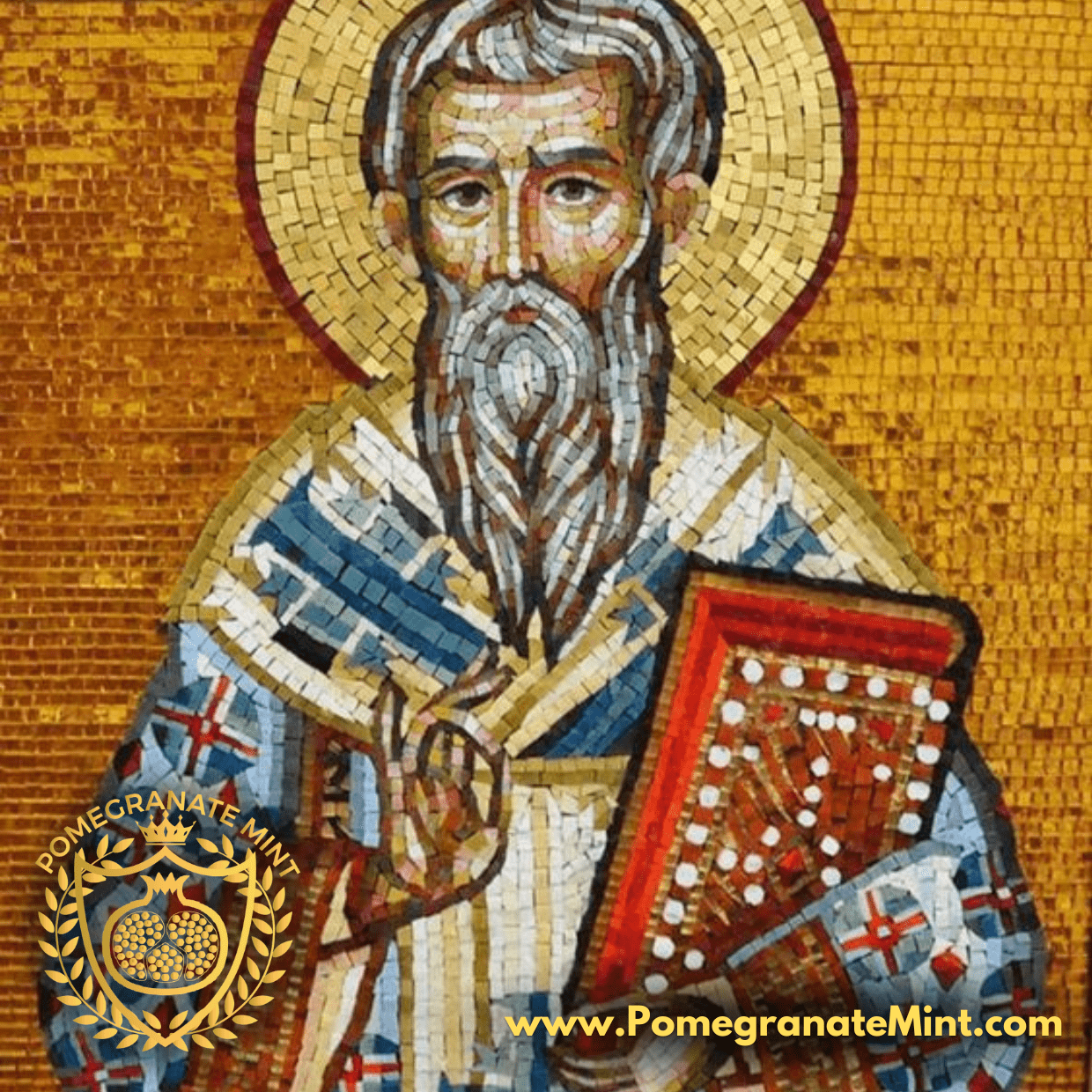
-
Free Shipping
If you spend at least $250 Canadian dollars with us, use coupon code FREESHIP, and we will cover the shipping.
-
Made for You
When you place your order, we will make your clothing orders especially for you.
